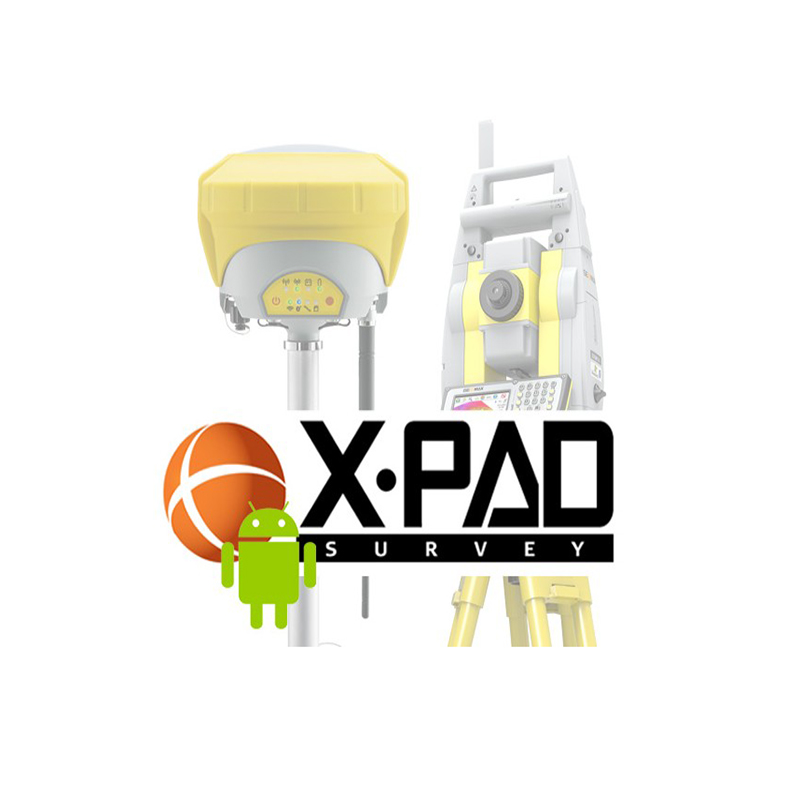

Such games use location information to enhance the user’s experience and add tremendous entertainment value to the game content.

We can also see AR in games that require the players to travel to specific real-world locations. This efficient navigation, in turn, improves the airport’s traffic flow.Īdditionally, developers can use AR to overlay game graphics on real locations, significantly enhancing the pictures’ realism. For example, geolocation capabilities in AR-enhanced apps have made it possible for users to locate terminals at an airport. Therefore, we will see more AR applications using geolocation to determine a user’s location. As the name suggests, AR lets us see the real-world environment through a digital augmentation app.ĪR apps mainly enhance the user experience by using graphics, text, or audio to enhance reality.

Augmented RealityĪugmented reality (AR) is currently one of the most prevalent geolocation trends, and TomTom Maps APIs are redefining AR.
#Geolocation xstand upgrade
These applications could help cities gain insight from their data to upgrade infrastructure, automatically route buses and adjust traffic signal timing, and maybe one day direct autonomous snowplows to take the least-disruptive route. Armed with this information, people and automated systems can reroute traffic for better flow.ĭevelopers can use a reliable source of up-to-date data, like TomTom’s real-time Traffic API, to build smart city applications. Location reporting data lets developers overlay real-time status reports on maps, enabling both citizens and city staff to understand the city’s status in real-time. This integration will become increasingly common as autonomous vehicles gain widespread use. This data especially includes sensors that integrate into vehicles traveling around cities to gather data continually. Consequently, developers working on smart city systems depend on accurate location reporting from all sensors and cameras. Among these functions is network traffic analysis, which will undoubtedly increase with the proliferation of smart cities.Ĭontinual support from developers is vital for smart cities. Geolocation data has a variety of uses, and developers can tailor this data to specific environments and apps.

A smart city requires increasingly accurate location data to comprehend its operations and resource distribution and achieve this potential. These developments will support more efficient and sustainable urban environments. Smart CitiesĪs location-positioning services and applications continue to evolve, we’ll see an increase in the deployment of smart city infrastructure, including sensors and cameras, to improve traffic flow and, in turn, reduce congestion. We’ll also explore how TomTom’s technologies enable developers to take advantage of these trends through 2022 and beyond. This article examines five top geolocation trends and analyzes the wide-ranging possibilities of geolocation in a dynamic world. Geolocation has become more critical than ever, and its relevance will only increase in the near future. More than 25 years after geolocation became widely available in 1995, billions of people worldwide now regularly carry a global positioning system (GPS) in their smartphones or other devices. The ability to identify an object’s geographic location in real-time has proven beneficial to various industries that have come to depend on this data. Its development was a significant turning point in the history of locational technology. Geolocation technology has become the foundation for all location-positioning services and applications. Learn how smart cities, augmented reality, location-based marketing, mobile availability in the developing world, and autonomous vehicles and drone delivery are changing how people and machines navigate their environment. Geolocation is powering a whole new generation of technologies.


 0 kommentar(er)
0 kommentar(er)
